Vietnam is shaping up for the next wave of mobile
In 2023, mobile technologies and services generated 5.4 per cent of global GDP. Ninety five per cent of the global population lives within the footprint of a mobile broadband network, and the overwhelming majority of the world’s population accesses the internet via mobile.
 |
| Rita Mokbel, president, Ericsson Vietnam |
Mobile is one of the fastest scaling technologies in history and 5G is expected to scale faster than previous generations, becoming the dominant mobile access technology by subscription in 2029. The digitalisation of society and businesses is advancing rapidly across all sectors. This is driven by ongoing advances in connectivity, AI and cloud-infrastructure technologies, facilitated by rising consumer and enterprise demands.
Without mobile, neither cloud nor AI can truly scale. Working together, these technologies will boost efficiency and productivity while enabling digital, user-friendly services, immersive experiences, and more sustainable solutions.
Technology development in mobile networks has taken several important steps over the last few years, embracing openness and programmability as well as increasing capacity and performance. This has been based on an industry shift to fundamentally change the way we build networks, to open programmable networks, that are automated, cloud-native, and easy to manage. As the universal force that connects global innovators with the world’s industries, open and programmable 5G networks will serve as the foundation of the new digital ecosystem.
Existing value chains, ecosystems and monetisation models can now be augmented, resulting in new growth and value creation. We can call this the next wave of mobile.
In the coming years, the next wave of mobile will reshape enterprises, unlock new network value, and unleash innovation across sectors. Our industry has a once-in-a-lifetime opportunity to create transformational change. Ericsson is driving an industry-wide shift that fundamentally changes how mobile networks are built, deployed and managed, and how connectivity is both consumed and valued.
Ericsson designs and builds open programmable networks that are resilient and energy-efficient, ensuring a superior user experience in terms of availability, reliability, and speed. At the same time, a programmable network can be managed through software, which allows quick changes and flexible control over how the network acts and what services can be launched. This enables faster, more secure, and differentiated connectivity, creating priority-based service levels that provide tailored solutions for each enterprise and government customer.
At Ericsson, we are also changing how innovators, entrepreneurs, and enterprises can take advantage of unique network features. While the mobile network is the biggest platform the world has ever seen, it has only been operating in one direction – from the network to the user. We want to make it bidirectional, allowing developers to interact with the network and use its unique capabilities to innovate.
We drive this fundamental shift through network application programming interfaces (APIs). These are standardised interfaces that enable mobile networks and applications to talk to each other and empower developers to call up specific network resources, such as quality of service, speed, latency, and location, with a simple command.
Our ambition is to see millions of developers using 5G technologies to experiment, innovate, and build game-changing apps. Last year, we announced a new partnership with some of the world’s largest communications service providers. They will open their networks to make advanced capabilities easily accessible through a global platform for aggregated network APIs.
This will result in new use cases for banking, logistics, manufacturing, and other areas we can’t even imagine yet. For example, network APIs will enable enhanced fraud protection online. Amazon Web Services is working with Vonage and Ericsson to leverage APIs to enhance mobile security through features like SIM swap detection and secure authentication, all boosted by generative AI.
New apps and use cases will stimulate a new growth period for mobile. Building on already deployed mobile networks, we see growth opportunities with several new use cases in the coming years. In many cases, these use cases combine a new type of end user device coupled with a bespoke connectivity service, where some will likely evolve with new connectivity services in the future.
Use cases such as fixed wireless access, 5G broadcasting and immersive technologies are all expected to generate significant value-add for our industry in coming years, while the introduction of RedCap devices with advanced 5G will spur a new wave of innovative devices that can scale fast across sectors with minimal complexity.
Here in Vietnam, 5G has the potential to be a game-changer across a wide range of industries, enabling automation, advancing Industry 4.0, improving productivity, and streamlining resource management. Sectors like manufacturing, logistics, and smart cities will benefit the most.
Private 5G networks, in particular, will allow businesses to innovate and reduce costs while providing telecom operators with new revenue opportunities.
Overall, 5G will be instrumental in Vietnam’s vision to become a high-income economy by 2045 with the digital economy contributing 30 per cent of the GDP by 2030.
What the stars mean:
★ Poor ★ ★ Promising ★★★ Good ★★★★ Very good ★★★★★ Exceptional
Related Contents
Latest News
More News
- Tungsten surges to 12-year high as world enters a new 'black gold' race (December 18, 2025 | 17:27)
- Vietnam’s coffee exports set new record despite price pressures (December 18, 2025 | 17:13)
- Garment and textile sector seeks new growth after volatile year (December 18, 2025 | 17:01)
- VinSpeed and Siemens strengthen cooperation for high-speed rail development (December 18, 2025 | 16:53)
- High-tech adoption for TH true MILK (December 18, 2025 | 13:39)
- Takeda supports health resilience amid climate change challenges (December 18, 2025 | 12:39)
- Mondelez Kinh Do - a chapter of purpose-led leadership in Vietnam (December 18, 2025 | 09:44)
- VNPAY services receive the highest-level PCI DSS international security certificates for six consecutive years (December 17, 2025 | 23:47)
- PPL extends its reach into ASEAN (December 17, 2025 | 15:44)
- Over 600 BUV graduates meeting quality benchmarks across triple quality assurance levels (December 17, 2025 | 13:00)

 Tag:
Tag:











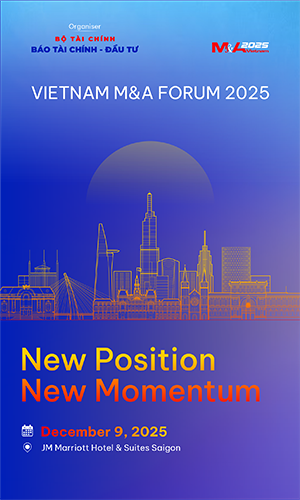
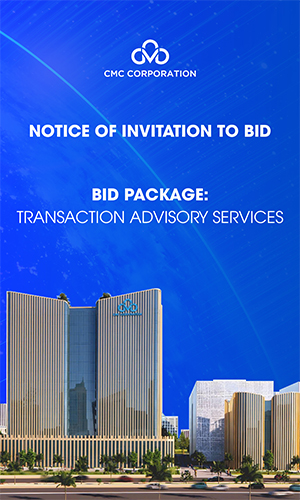






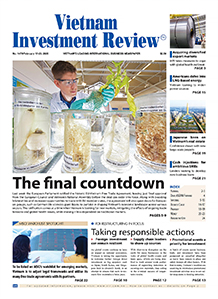
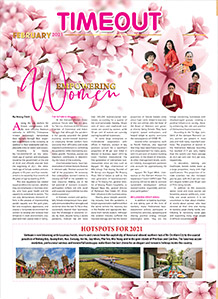
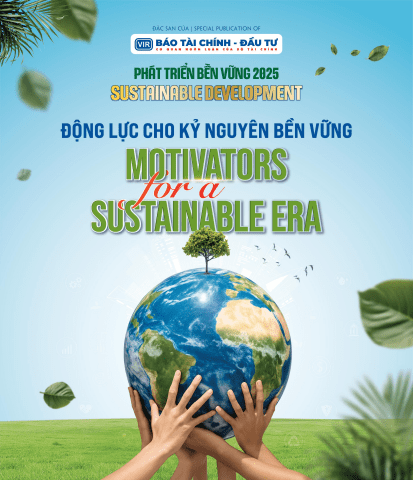
 Mobile Version
Mobile Version